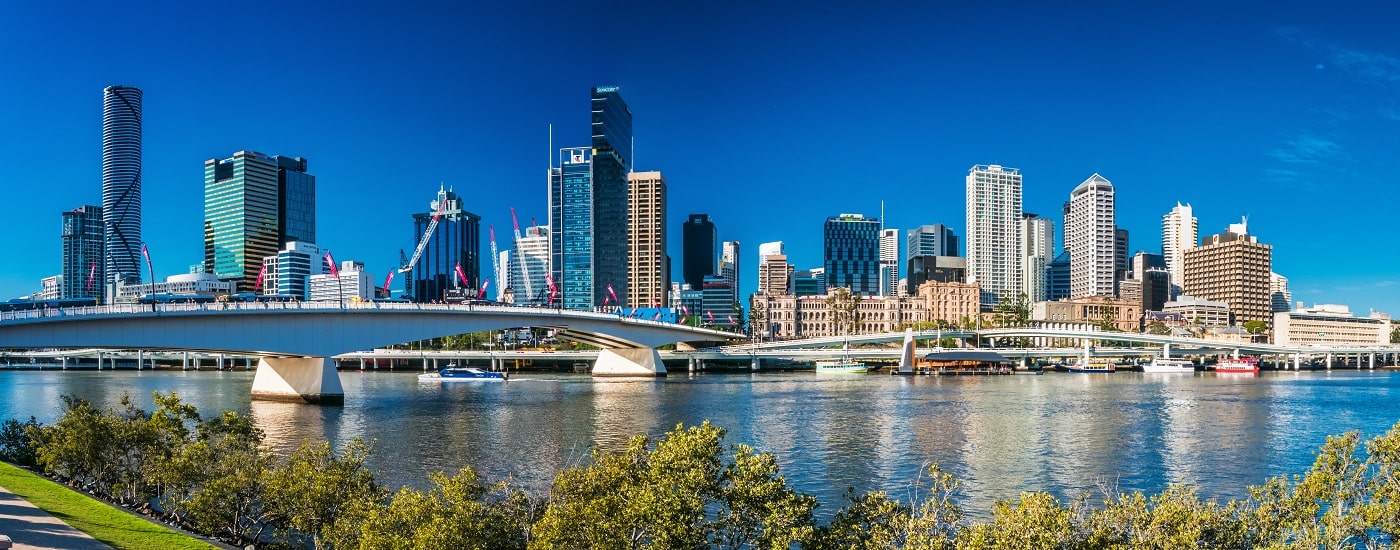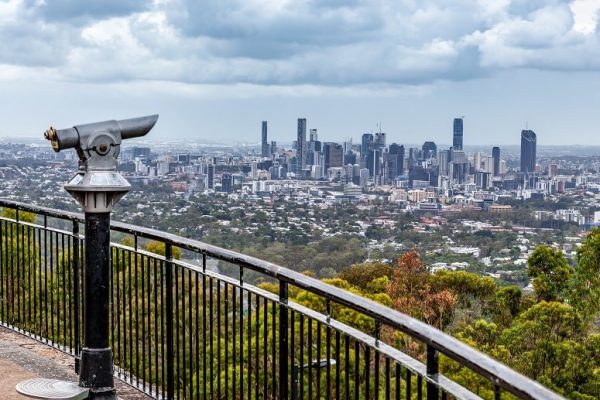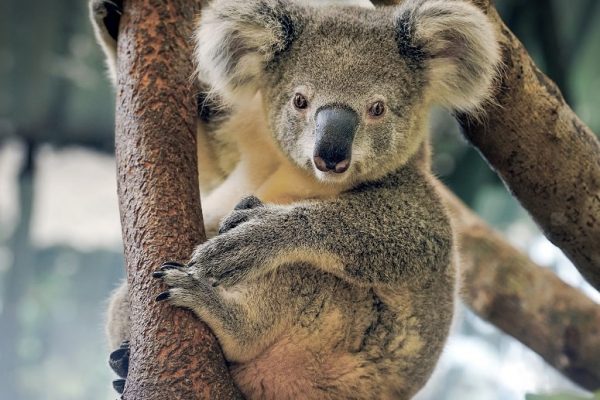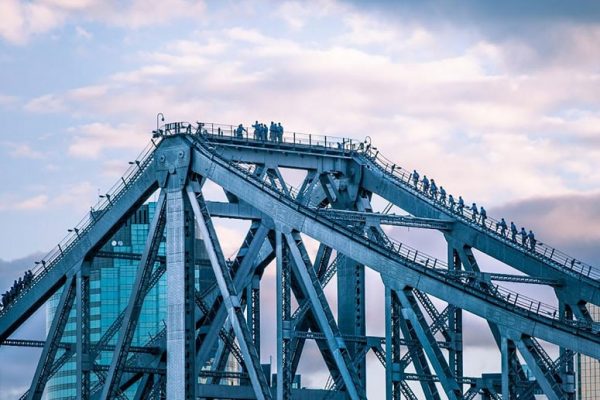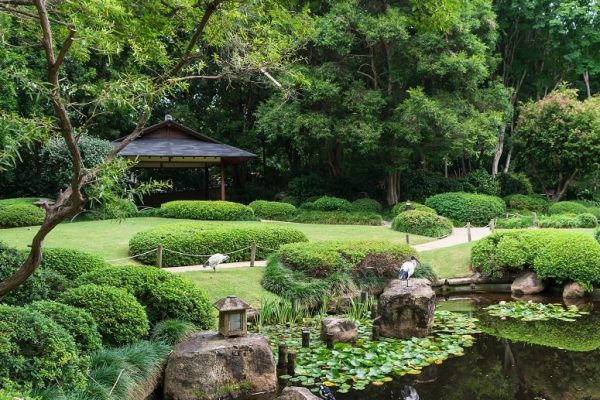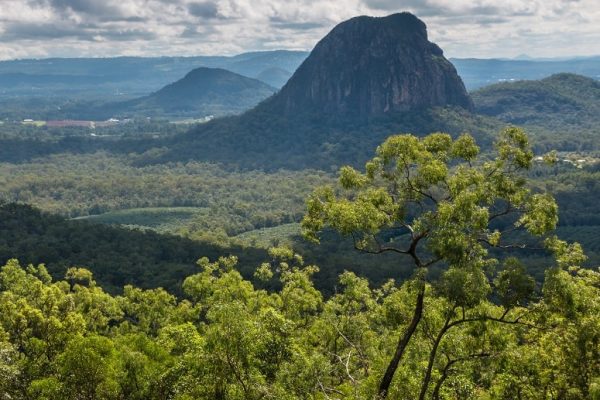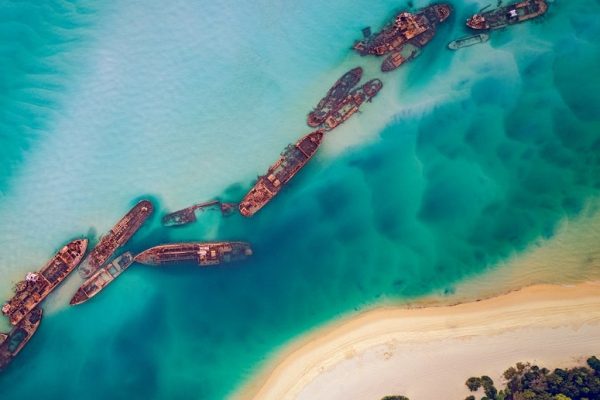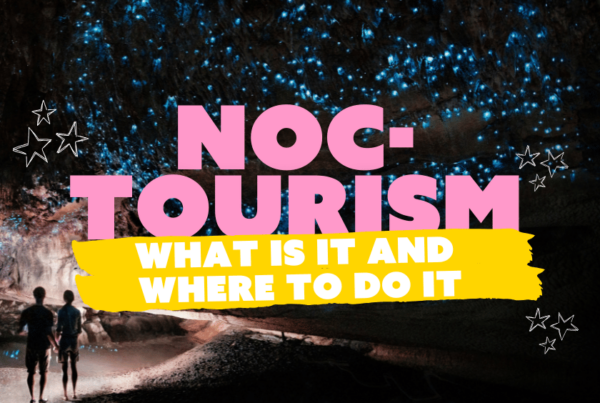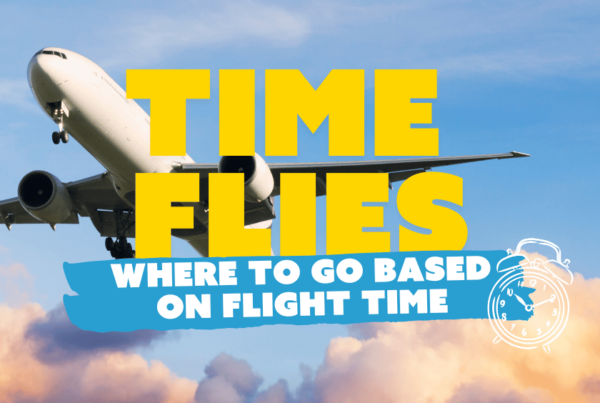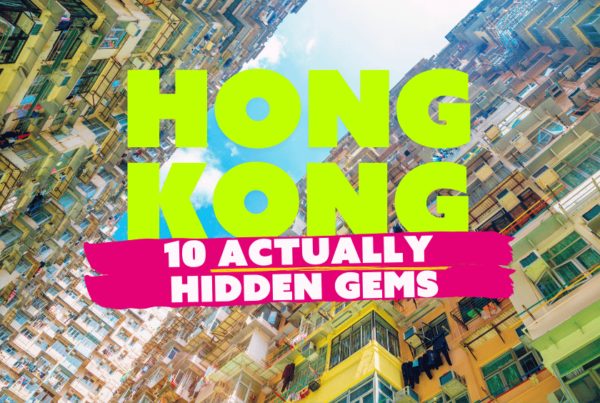Queensland’s capital and the state’s biggest city, Brisbane is very much a city on the rise. For years it’s played second fiddle to Sydney and Melbourne, but now it’s finally getting the recognition it deserves. Besides year-round sunshine and a delightfully laidback attitude, it has flourishing food, art and music scenes. And it’s also a fantastic place for outdoor adventures.
If you’re heading to the Southern Hemisphere and changing planes in Brisbane, consider extending your trip and spending a few days exploring. If you do, these are some of the top things to do on a stopover in Brisbane.
GOMA (Gallery of Modern Art)
Located in the South Bank precinct, GOMA’s the biggest gallery of modern and contemporary art in Australia. And it’s also one of the best. Its ever-expanding collection includes globally-significant works from Australia, Asia and the Pacific, as well as art from Western Europe and North America spanning approximately five centuries.
Regularly-changing exhibitions showcase everything from painting, sculpture and photography to video and installation art. GOMA also has its own permanent children’s art centre, and its Australian Cinémathèque screens unique – often rare – films several times a week.
And the good news is that entry to GOMA is free, except for temporary blockbuster exhibitions. So you can be all cultural during your stopover in Brisbane without spending a penny.
Mt Coot-tha
At 287 metres, Mt Coot-tha is the highest point in Brisbane. So if it’s epic skyline views you’re after, this is the place for you. The hillside is covered in eucalypt forest, bisected by a number of walking and mountain biking trails. If you don’t fancy walking or cycling, you can always go for the lazy option and drive to the top.
At the summit you’ll find a lookout and a couple of eateries. The bustling Kuta Cafe offers light refreshments, and also has an ice-cream kiosk and souvenir shop. Or, if you fancy something more formal, the Summit Restaurant & Bar serves contemporary Australian fare and has an extensive wine list – both of which can be enjoyed while taking in one of the best views Brisbane has to offer.
Lone Pine Koala Sanctuary
If your stopover in Brisbane isn’t very long, you might not have enough time to visit Australia Zoo. If you have less than a day to spare, but still want to see some native Australian wildlife, Lone Pine Koala Sanctuary is a good alternative. Located in the Brisbane suburb of Fig Tree Pocket, it’s recognised by the Guinness Book of World Records as the world’s first and largest koala sanctuary. It opened in 1927 as a refuge for sick, injured and orphaned koalas, and today is home to over 130 of the adorable little critters. You’ll also find more than 70 other iconic Aussie species at the sanctuary. These include kangaroos, wombats, echidnas, Tasmanian devils, platypuses and emu-like cassowaries.
If you want to glimpse the inner workings of a wildlife sanctuary, Lone Pine Koala Sanctuary offers a number of hands-on and immersive experiences. These range from 45-minute encounters to full-day programmes. They’ll set you back a bob or two, but the Platinum Tour and Keeper For A Day experience both grant exclusive behind-the-scenes access, letting you explore parts of the sanctuary seldom seen by members of the public.
Story Bridge
Heritage-listed Story Bridge is Brisbane’s most iconic structure. You can walk, drive or cycle over it – but one of the most exciting ways to see the city is by climbing it. The Story Bridge Adventure Climb sees you scale the southern half of the bridge, taking you 80 metres above the muddy Brisbane River. Climbs run multiple times a day, with special dawn climbs and climb-and-abseil combos also taking place on Saturdays.
If you’re looking for an adrenaline rush during your stopover in Brisbane, it’s definitely something to consider!
South Bank
South Bank is Brisbane’s premier lifestyle destination and cultural hub. It’s home to a number of art galleries and museums – including GOMA – and on weekends there’s a market, where myriad stalls sell clothes, jewellery, arts and crafts, furniture and general knick-knacks. And there are plenty of food vendors too.
South Bank Parklands is a 17.5-hectare park with canopied walkways and lush lawns which hosts regular free events, ranging from film screenings to fitness classes. One of its star attractions is the almost-60-metre high Wheel of Brisbane. Delivering great views of the city, it’s a reliable crowd-pleaser. Meanwhile, nearby Streets Beach is Australia’s only manmade inner-city beach. An oasis in the middle of the city, it boasts a sparkling blue lagoon surrounded by white sand and swaying palms.
Even if your stopover in Brisbane’s set to last a couple of days, you’ll find there’s plenty going on around South Bank to keep you occupied.
Brisbane Botanical Gardens
Despite being a fairly compact city, Brisbane’s home to not one but two botanical gardens. The City Botanic Gardens, on the banks of the Brisbane River, are the original ones. Convicts initially planted the gardens with food crops back in 1825, when Brisbane was still a penal colony. In 1828, the site was selected to become a public garden, and by 1855 the Botanic Gardens were established. There are a number of plants from this time still in the gardens, including bunya pines; macadamia, tamarind and dragon trees; and those on Fern Island. The gardens’ ornate drinking fountain dates from 1867 and was the very first public fountain in Brisbane.
The other botanic gardens in Brisbane are at the base of Mt Coot-tha. Spread across 52 acres, they’re ever so slightly larger than the City Botanic Gardens. Recognised as Queensland’s premier subtropical botanic gardens, they contain more than 20,000 plants, representing approximately 5,000 species from around the world. The various sections include a fragrant garden, bamboo grove, arid zone, Japanese Gardens, waterfalls, tropical dome and the largest collection of Australian native rainforest trees on earth. Also in the grounds you’ll find the Sir Thomas Brisbane Planetarium.
Glass House Mountains
Get back to nature during your stopover in Brisbane with a trip to the Glass House Mountains. About 70 kilometres north of the city – not far from Australia Zoo – these rugged volcanic peaks offer great opportunities for bushwalking and climbing. Of the thirteen hills, only two are open to the public: Mount Tibrogargan and Mount Ngungun. Both have multiple walking tracks, though, which range from very easy to extremely challenging. Many of the tracks wind through open forests and end at view points. From these lookouts, you can enjoy panoramic views of the pine plantations, bush land and cultivated fields below.
The Glass House Mountains remain spiritually significant to the local Aboriginal people. To the Gubbi Gubbi and Jinibara people, who maintain strong links with the area, the mountains are all members of a family who once tried to flee from a rising tide.
Beaches
If you fancy trying your hand at surfing during your stopover in Brisbane, Moreton Island and North Stradbroke Island are great places to do so. Easily accessible via ferry or water taxi, both islands are home to the kind of picture-perfect beaches Australia’s famous for.
North Stradbroke Island – affectionately known as Straddie – has five main beaches for surfing, swimming or fishing. Main Beach has large, powerful swells, making it ideal for more advanced surfers, while Cylinder Beach is better for beginners. Head to Frenchman’s Beach or Deadman’s Beach and you might spot some interesting marine life in the rock pools. North Stradbroke Island also has great four-wheel-drive bush tracks and miles of sand you can drive on. Hire a vehicle and explore at your own pace, or discover the island’s hidden bays and secret coves on an organised tour.
On Morton Island, besides surfing, swimming and four-wheel driving, there are also opportunities for quad-biking, sand tobogganing and to feed wild dolphins at sunset. One of the island’s unique attractions is the shipwrecks lying just offshore. These 15 vessels were deliberately sunk in 1963 to create a break wall for small boats stopping by the island. More than 50 years later, coral now covers the wrecks and they attract tropical fish and, sometimes, turtles. You can snorkel amongst them or explore on a night kayak tour.

